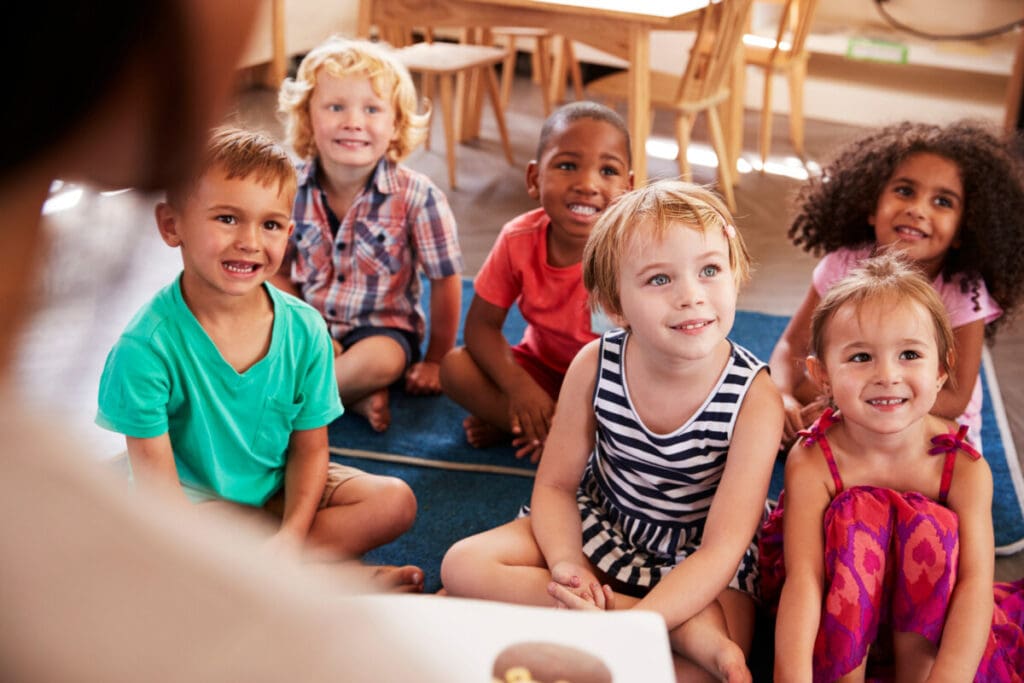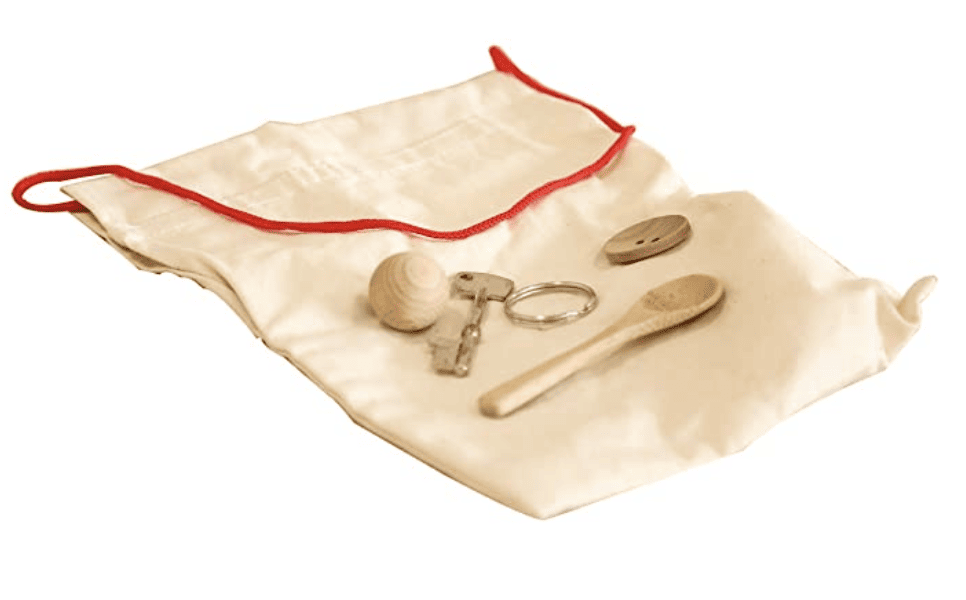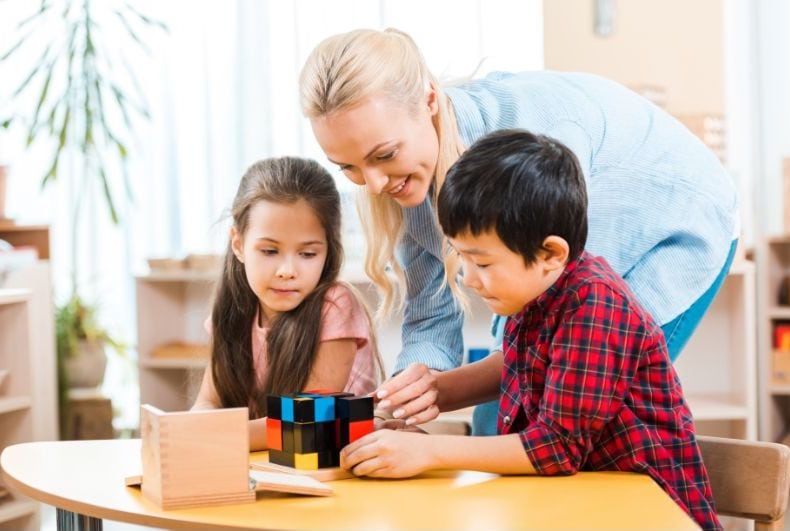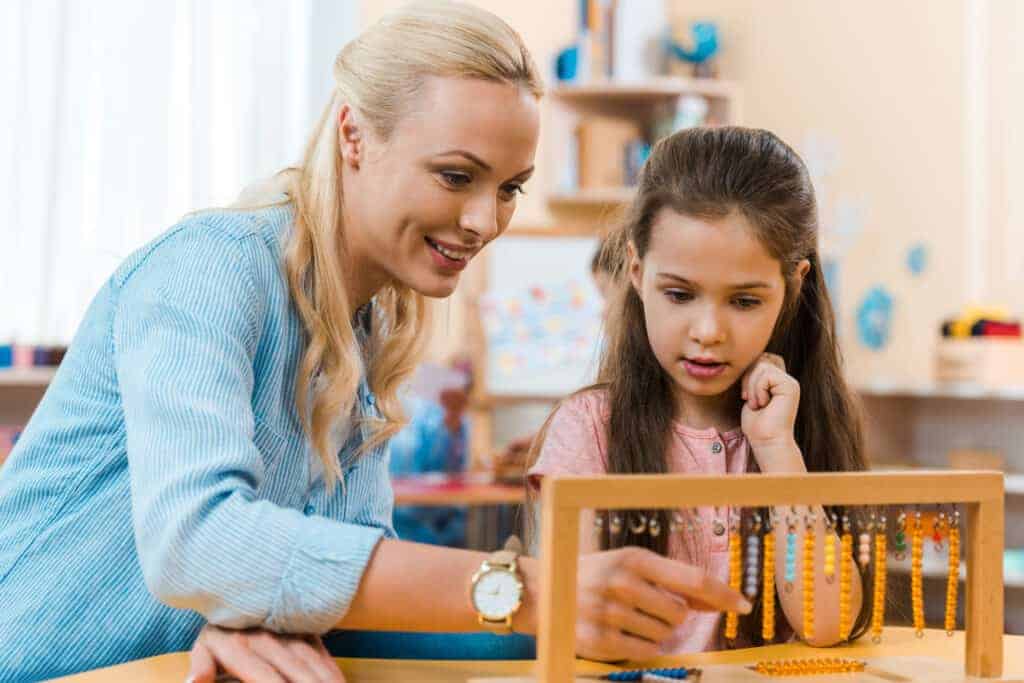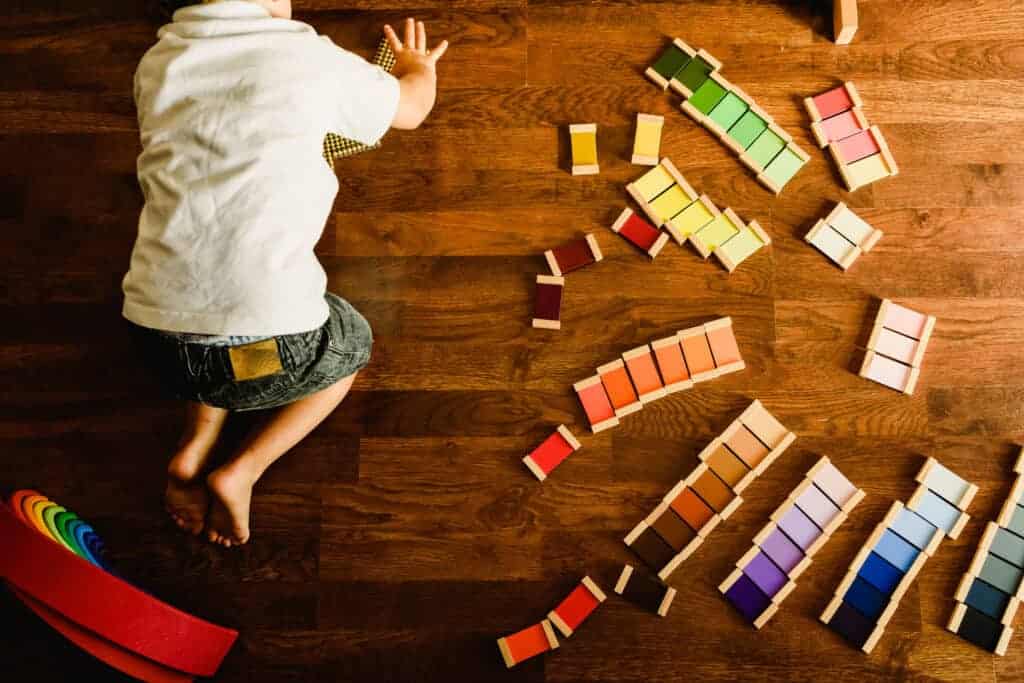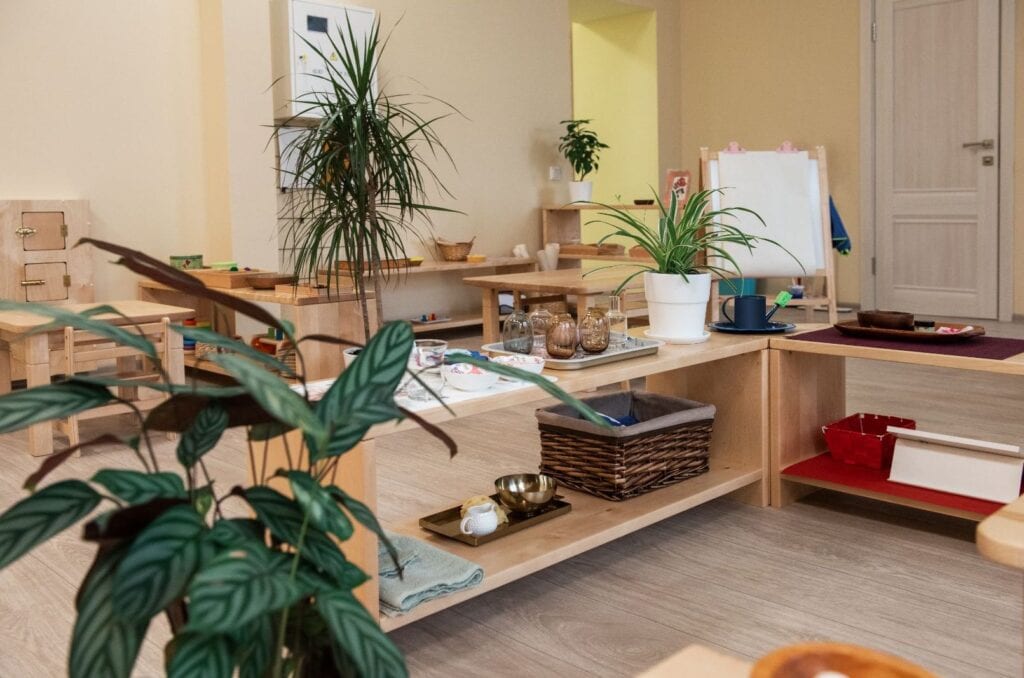
If you are a parent or carer looking at non-traditional schooling for your child, you most likely would have come across
A
Want to learn more about
History of Montessori
The
While running the center, Dr.
This observation led Dr.
“I have studied the child, I have taken what the child has given me, and expressed it in what is called the
Dr. MariaMontessori Method.”Montessori
Principles
Through her observation of the children in Casa dei Bambini, Dr.
- Respect for the Child – respect for the child as an individual separate from adults who is capable of determining what work is suitable for them to work on, including following the child’s lead and allowing the child to spend as much time as they would need on their work
- The Absorbent Mind – acknowledging the fertile and receptive mind a child possesses during the first years of their life, which allows them to adapt and assimilate to their environment
- Sensitive Periods – stages in a child’s life where they are the most receptive to processing and learning particular life skills.
- The Prepared Environment – a carefully curated classroom designed to aid and encourage the child’s independent and focused learning.
- Auto education – the idea that children know how to educate themselves and learn independently.
Dr.
“Everyone said it was my marvelous method which gave this ability to children, and everyone was enthusiastic about it. However, it was neither the school nor the method which produced this phenomenon. It was the expression of the power of the small child and it was a revelation of something that had hitherto remained unknown. The important thing was the discovery of the surprising power of the young child. ”
The 1946 London Lectures, p. 32
Curriculum
Five key areas of study comprise the
- Practical Life
- Sensorial
- Mathematics
- Language
- Culture
Each of these key areas of study are made up of a group of materials that aid students in learning a concept or skill. The materials are used repeatedly to help the children obtain an understanding of the skill or concept being taught, through constant practice. There is a sequence to learning materials that progress in complexity, allowing the children to slowly learn each key concept and move on to the next level once they have mastered it.
Materials are presented to the children either during circle time or individually. The teacher demonstrates how the materials are used, where to find them, and how to pack them away and put them back in their proper place. This whole process is part of the
Once the child has been shown how to use the materials, the child is then free to explore and select from the prepared environment the material that they would like to work with during the day, depending on their interests.
An example of Practical Life, children are taught to tidy up or wash and clean items to help them develop these life skills.
“Our schools are like a furnished house, a ‘children’s house’. And what do the children do? It is what one does in one’s own house. They carry out work which has a practical aim, they sweep, dust, dress themselves, etc. In this house each one carries out his own work independently from the others; but if something occurs to one of them like knocking over a cup full of beads, or when there is any need for help in similar accidents, the other children are quick to assist.”
Citizen of the World, p. 34
Montessori Teachers
Teaching in a
While their interaction with children seems limited, a lot of the work done by
During
“In our schools the environment itself teaches the children. The teacher only puts the child in direct contact with the environment, showing him how to use various things. ”
The Child in the Family, p. 64
Teacher Qualities
According to Association
- Respect for children as individuals with unique plans for development.
- Ability to create a calm and joyful atmosphere in an environment that allows each child to connect to productive work.
- Gives engaging presentations with
Montessori materials that the children will use on their own. - Fosters growth towards independence and social responsibility.
- Assists children to progress at their own pace and gradually discover their potential while helping them to help themselves.
Check out our full article for more information on the qualities of a Montessori teacher.
The Montessori Classroom/Prepared Environment
The
Features:
Relaxed setting: It is unique in that it looks more like a library than the typical classroom. Instead of rows of desks facing a chalkboard, the room is bordered by shelves housing materials in particular order.
Organized: While the space has a more relaxed feel than a typical classroom, the
Spacious: The middle of the room has plenty of open space for children-sized tables and chairs so they can work on their own activities.
Child-friendly: the prepared environment, everything caters to the child’s need for learning. Tables, chairs and shelves are child-sized, materials are easily manageable to suit children developing their gross and fine motor skills. Shelves are open and materials easily accessible and portable to the children’s work tables.
Additionally, the AMI describes
- Is organized to support the developmental characteristics and interests of a mixed age group within an identified range;
- Promotes lively and purposeful engagement in both indoor and outdoor settings;
- Can be adapted to any culture or setting; and,
- Thrives through the trained adult’s careful observation of both universal and individual needs as revealed by each unique learner.
Montessori Daily Routines
The
Depending on the class age group, daily routines can include the following:
Learning time: (aka work cycle) time for individual or group work where children handle materials and learn their functions and the concepts or skills attached to the materials
Meals: breaks for snacks or lunch
Rest: depending on the age of the children, this could mean nap time or quiet reading time
Outdoor play: physical fitness activities or free time outside
Circle time: can be morning, noon, or towards the end of the day, this is a group gathering that can involve singing, greetings, games or lessons that are shared to the entire class.
“In our schools we allow the children to use their spontaneous activity by offering them objects which call for movements appropriate to their stage of development; in this way they learn through doing. This is their work, and their concentration and perseverance is astonishing. ”
MariaMontessori Speaks to Parents, p. 65
Materials
“Nothing goes into the mind that does not first go through the hands.”
Dr MariaMontessori
This premise is the basis of teaching with the help of
Materials are presented to children in sequence, from the most basic to the most complex as they progress through a particular key learning area or skill. The materials are designed to teach one particular skill or concept at a time, giving children the opportunity to practice with them until they are mastered.
Children are introduced to the materials through a group or individual presentation by the teacher. This includes getting the material from the shelf, working with the material, and packing up the material for return to the shelf.
Some example of
Sandpaper Letters – teaches children the alphabet by tracing the symbol until the shape of the letter is learned and sounding out the letter while tracing to associate the sound of the letter with its shape. (More info here).
Moveable Alphabet – prepares children for reading and writing by introducing them to letter shapes and spelling/constructing words. (More info here).
Numbers and Counters – introduces children to the concept of numbers, sequencing, and quantities. This material teaches children that each number is made up of separate units and that units combined make up larger numbers.
Constructive Triangles – teaches children construction of plane shapes from triangles
Pink Tower – a set of blocks that get progressively smaller which children can stack by size. Teaches children about dimensions and sizes. (More info here).
Parts of the World Puzzle – teaches children basic geography through a puzzle that shows the shape and names of different continents and bodies of water.
Sound cylinders – teaches children hearing/listening skills through identifying varying degrees of loudness.
Practical life materials – everyday items that teach children to do things on their own such as pouring water, washing cups, sweeping floors. (More info here).
Conclusion
The
At its heart is the respect for and recognition of the child as their own person, that recognizes the child’s innate thirst for knowledge, and capability to learn through working and doing what is interesting to them.
The
“The child has the capacity to educate himself, not in typical schools with their exact syllabuses where children must be obedient, but at a school where he is not controlled, does not have to compete, but can work with enthusiasm according to natural laws. If we do not know these laws and respect them, then we are in danger of spoiling this great work of the child’s. ”
The 1946 London Lectures, p. 52


